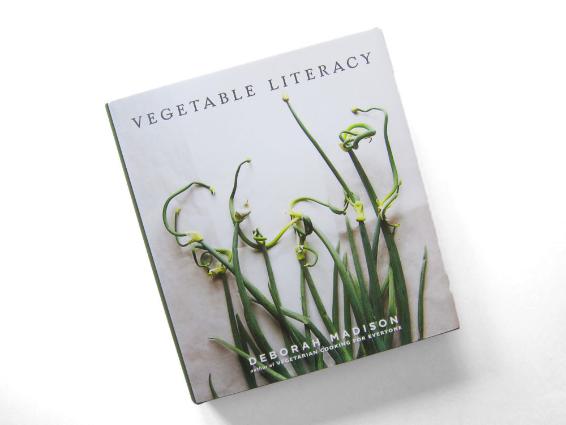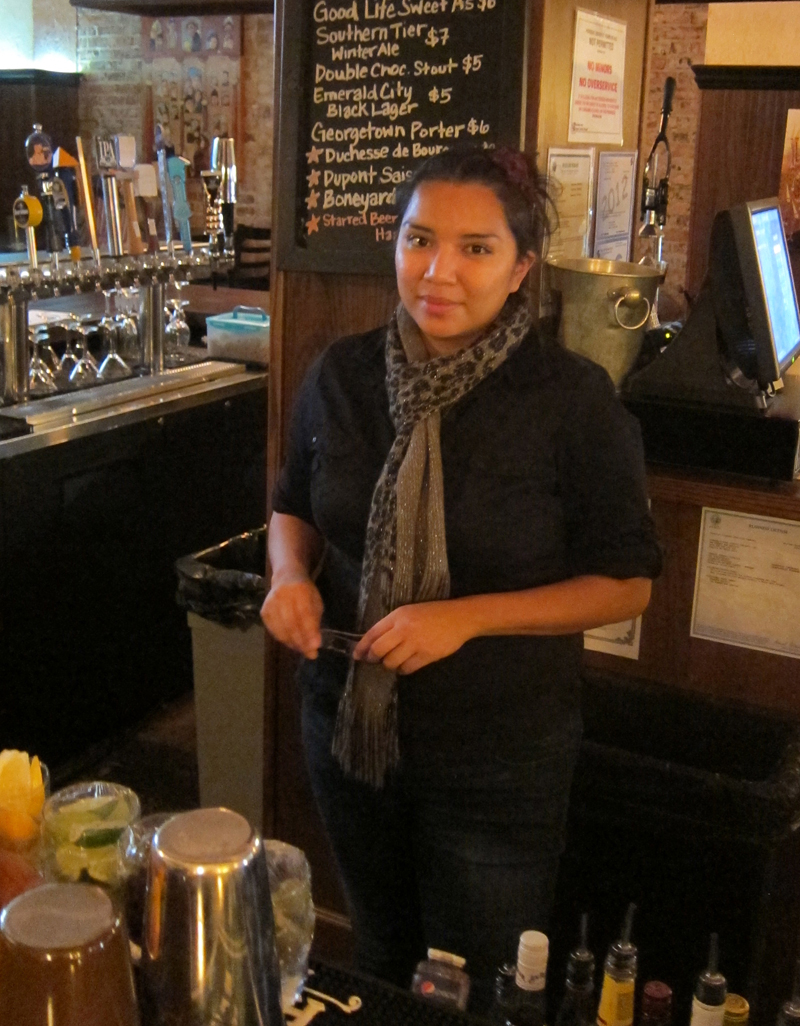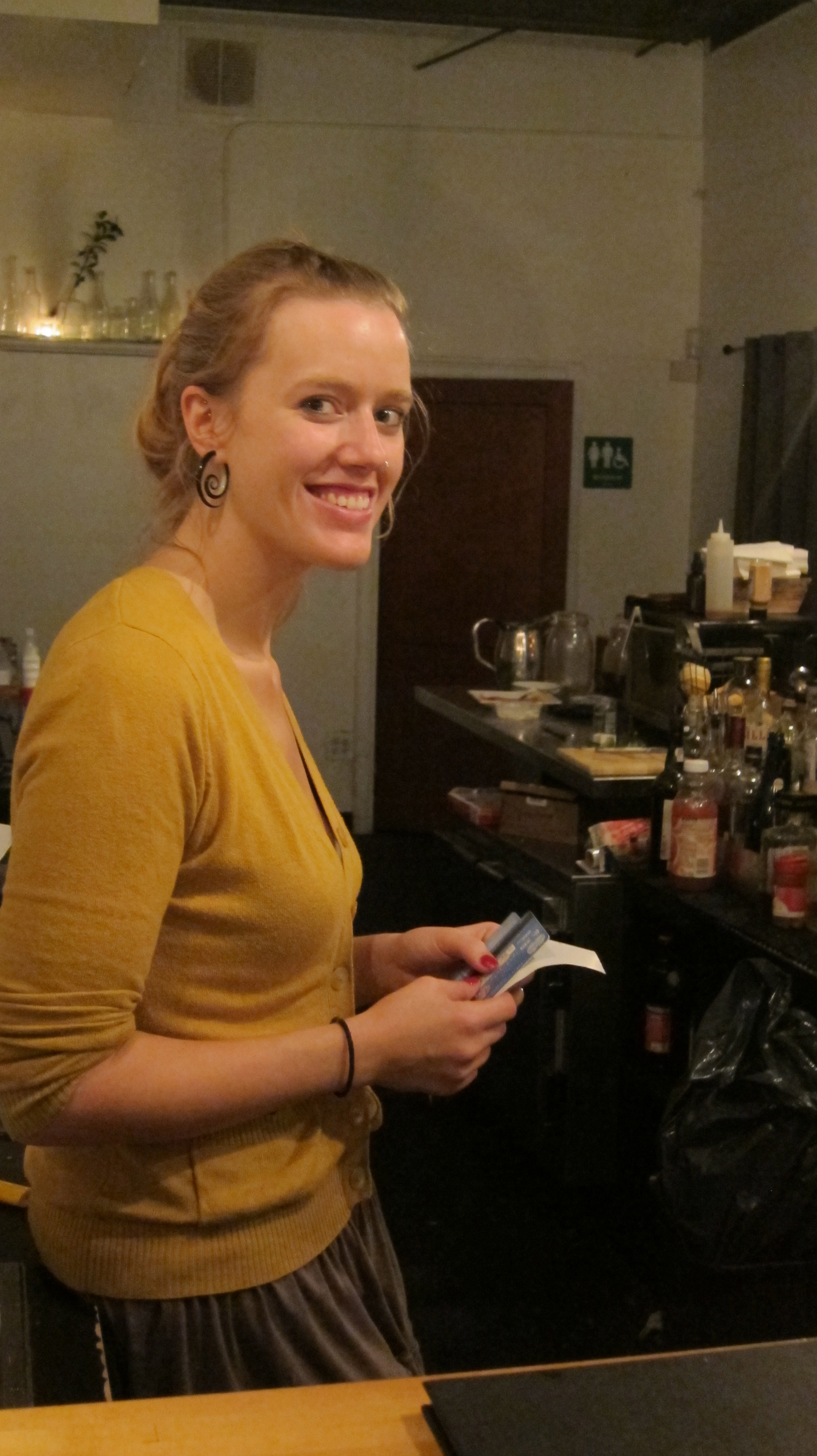Shochu–the distilled spirit from Japan–appears to be popping up on cocktail menus all over Seattle. You may be used to ordering sake–the brewed rice wine–when going out for Japanese or other Asian food, but the variety of flavors offered by shochu, not to mention its low alcohol content, make it easy to pair with food and even easier to sip long into the night. Some people have compared shochu to vodka, but Will Doherty, the bar manager at Momiji on Capitol Hill cautions against that comparison. “Lots of people compare it to vodka because it’s clear and distilled from similar starches. Shochu can have very distinct flavors, though. It can add a lot of complexity to a cocktail, much like gin.” At Bako–the new modern Chinese restaurant on Capitol Hill–shochu is the star ingredient in the Whisper, a cocktail combining the malty flavor and body of shochu along with gin, benedictine, and fresh citrus. Shochu–and its Korean cousin Soju–can be distilled from just about any starchy ingredient high in natural sugar, like rice, barley, or sweet potatoes. It ranges in color from clear to pale straw, and is lower in alcohol than many other spirits, with most around 25% alcohol by volume, or roughly 50 proof. Doherty says that because of this, shochu is a little easier to work with in cocktails. Some are mild in flavor, like the rice-based shochu. Others, like those made from buckwheat or sweet potatoes, are full-bodied and complex. But none deliver a high-octane punch in the face.Shochu is produced throughout Japan, but it originated on the southernmost island, Kyushu. Early texts mentioned shochu as early as the 1500s. The name shochu, like the English word brandy, is derived from a word meaning “burned wine.” Unlike brandy and other strong, distilled beverages, though, shochu doesn’t have the burn of a high-proof spirit. It is also less fruity than sake, and its earthy, nutty flavor pairs well with the flavors of Japanese and other Asian food. In Japan today, there are more shochu drinkers than sake drinkers, although shochu cocktails are less common. You can buy “Chu-Hai,” a canned shochu cocktail, in vending machines everywhere, but otherwise shochu is usually enjoyed neat. Some rice-based shochu may be mixed with some umeboshi, a sour plum juice, but most of the time it’s drunk with ice or a little hot water. Truth be told, there are few hard and fast rules for drinking shochu. A rich and flavorful shochu like Chiran Bukeyashiki–distilled from sweet potatoes–Doherty mixes with orgeat, lime, and egg white, much as you would a flavorful gin, for a cocktail called the Yama Villa, available at Momiji. He has also created a cocktail inspired by a Japanese friend’s dad, who drinks buckwheat shochu with hot water and a pat of butter. In the Onsen cocktail, Takara Towari–a buckwheat shochu–is combined with hot water, agave-orange butter, and orange zest.Some people like shochu because it is a lower-calorie alternative to vodka or other spirits. Most calories in cocktails come from sugary sweeteners and/or fruit juice, but there are also about 100 calories in an ounce and a half of hard liquor. The same amount of shochu only adds about 30 calories. Shochu can be difficult to find in Washington state liquor stores. Doherty recommends tasting a few different brands first before committing to a bottle. Momiji stocks about a dozen different brands, including Nadeshiki, distilled from barley and rice, that is light in flavor but offers a round mouthfeel. Doherty’s current favorite is a buckwheat shochu from Northern Japan called Kannoko, available at the liquor store on Fourth Avenue South, and at Momiji’s neighborhood store on 12th and Pine St. Follow Voracious on Twitter and Facebook.
More Stories From This Author
For 50 years, Zeke’s off US 2 has served delicious burgers
It’s been a popular pit stop in Gold Bar for skiers and hikers, and the same family still runs it.
By
Evan Thompson • June 6, 2019 11:05 am
With ‘Game of Thrones’ ending, it’s time for a proper feast
How to make a meal inspired by the Lannisters’ and Starks’ world, fit for the King in the North.
By
Ben Watanabe • May 15, 2019 1:30 am
Stash Box: 2016-2019
Time to roll one for the road …
By
Meagan Angus • February 26, 2019 3:15 pm







